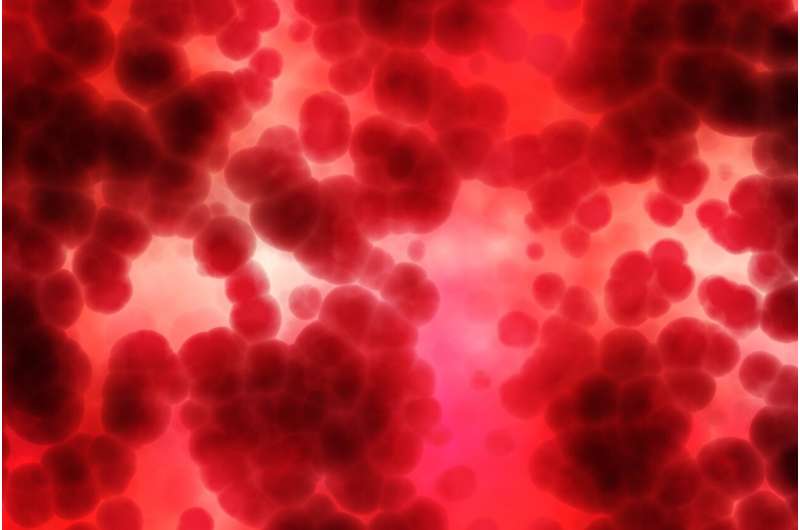Experts publish 'guidebook' for blood plasma therapy

A team of Johns Hopkins experts has created a clinical guidebook to help hospitals and medical centers rapidly scale up their ability to deliver so-called convalescent plasma therapy, which leverages immune system components found in the plasma portion of blood from people who have recovered from COVID-19 illness.
"We've received many inquiries from health care providers looking to ramp up their ability to deliver this therapy," says Evan M Bloch, M.D., M.S. an associate professor of pathology at the Johns Hopkins University School of Medicine who is part of the team working on convalescent therapy. "There is historical precedent for its use to prevent and treat viral illness. However, during the chaos of an epidemic, the therapy is often deployed without rigorously studying its effects. Carefully conducted studies are critically needed to understand which people are most likely to benefit from this therapy and how best to apply it to optimize that benefit."
The guidebook was published online April 7 in the Journal of Clinical Investigation.
In recent weeks, infectious disease expert Arturo Casadevall, M.D., Ph.D., has led a team of physicians and scientists from around the United States to establish a network of hospitals and blood banks that can begin collecting, isolating and processing blood plasma from COVID-19 survivors.
"This paper details the nuts and bolts of how to deploy convalescent plasma, and this information should be very helpful to colleagues worldwide who are preparing to use this therapy against COVID-19," says Casadevall, a Bloomberg Distinguished Professor who holds joint appointments in the Johns Hopkins Bloomberg School of Public Health and the Johns Hopkins University School of Medicine.
The U.S. Food and Drug Administration has paved the way for researchers at Johns Hopkins to proceed with clinical trials to test convalescent plasma therapy in people who are at high risk for severe COVID-19 illness and have been exposed to people who have tested positive for the virus. Like most therapies, Bloch says, convalescent blood plasma's best potential for effectiveness is early in the disease's progression. Currently, there are no proven drug therapies or effective vaccines for treating COVID-19.
The guidebook outlines a range of clinical trials underway or planned at hospitals taking part in the Johns Hopkins-led network for convalescent plasma therapy.
Among the protocols outlined in the guide are criteria for eligible donors of blood plasma, how hospitals can mobilize donors and work with local and national blood centers, methods for prescreening donors, and the risks and potential benefits of the therapy.
Bloch, also an expert on global health, says convalescent blood plasma therapy can be deployed in low-resource communities. There is a difference, however, in how blood plasma may be collected in communities with low versus high resources.
He says high-resource communities typically rely on apheresis machines to remove a donor's blood, filter the plasma from it, and return the rest of the blood, plus a replacement for the collected plasma (i.e. a protein called albumin), back to the donor. Using the apheresis method, a single donor could produce enough plasma to potentially benefit up to three other people.
In low-resource communities where apheresis machines may be unavailable, the output of plasma would be less per donor. This is because doctors have to perform a typical whole blood donation from the donor and manually separate the plasma in a laboratory by using a centrifuge machine or letting gravity separate the blood products.
Among the most common challenges to scaling up convalescent blood plasma therapy, Bloch says, is rapidly developing in-house testing for whether the blood plasma of donors contains key antibodies the immune system needs to recognize and help destroy the virus in the body. There are also logistical challenges associated with identifying donors and performing repeat COVID-19 nasal swab tests for the virus in them.
"This field is moving so fast that a problem today is solved tomorrow," says Bloch. "We aimed to publish a baseline document that can serve hospitals globally. It will, undoubtedly, evolve."
More information: Evan M. Bloch et al, Deployment of convalescent plasma for the prevention and treatment of COVID-19, Journal of Clinical Investigation (2020). DOI: 10.1172/JCI138745




















